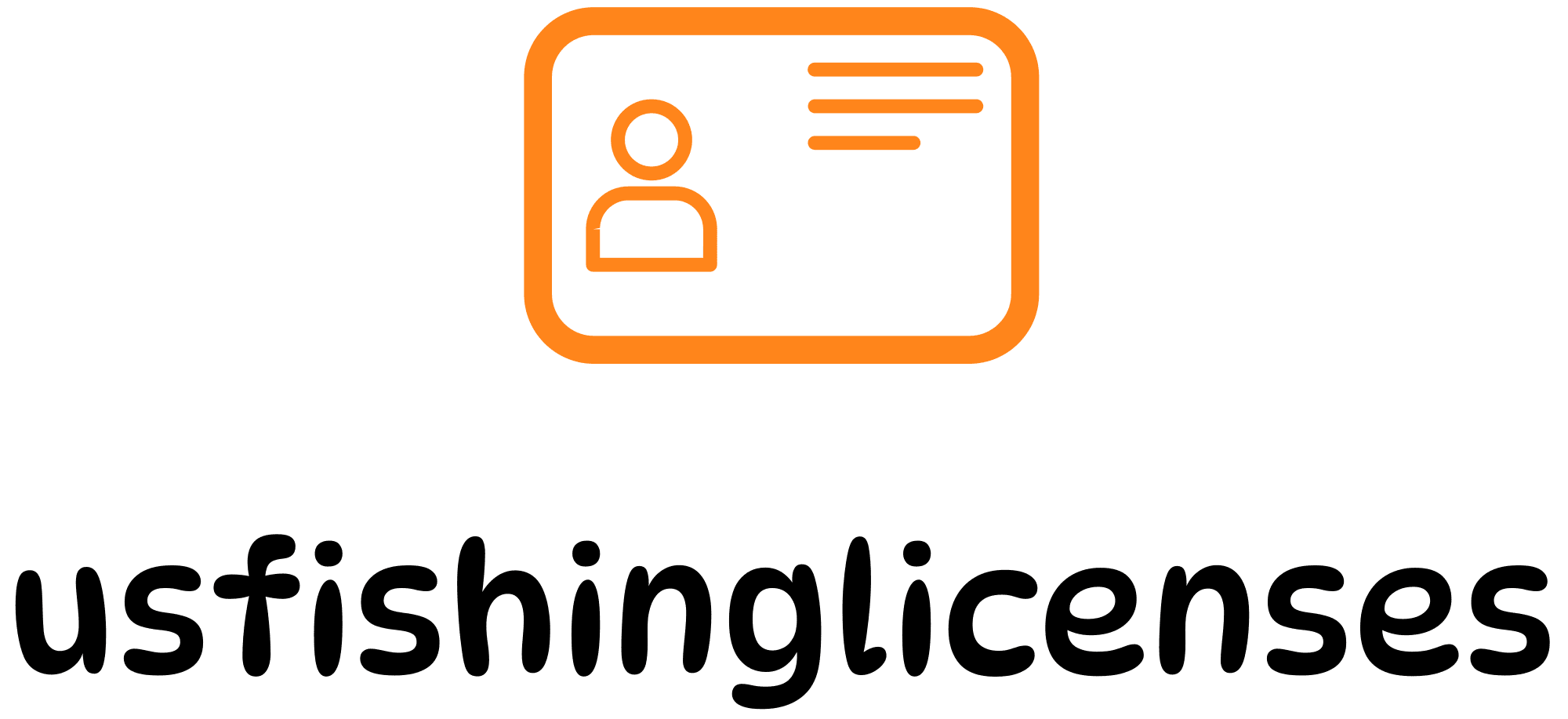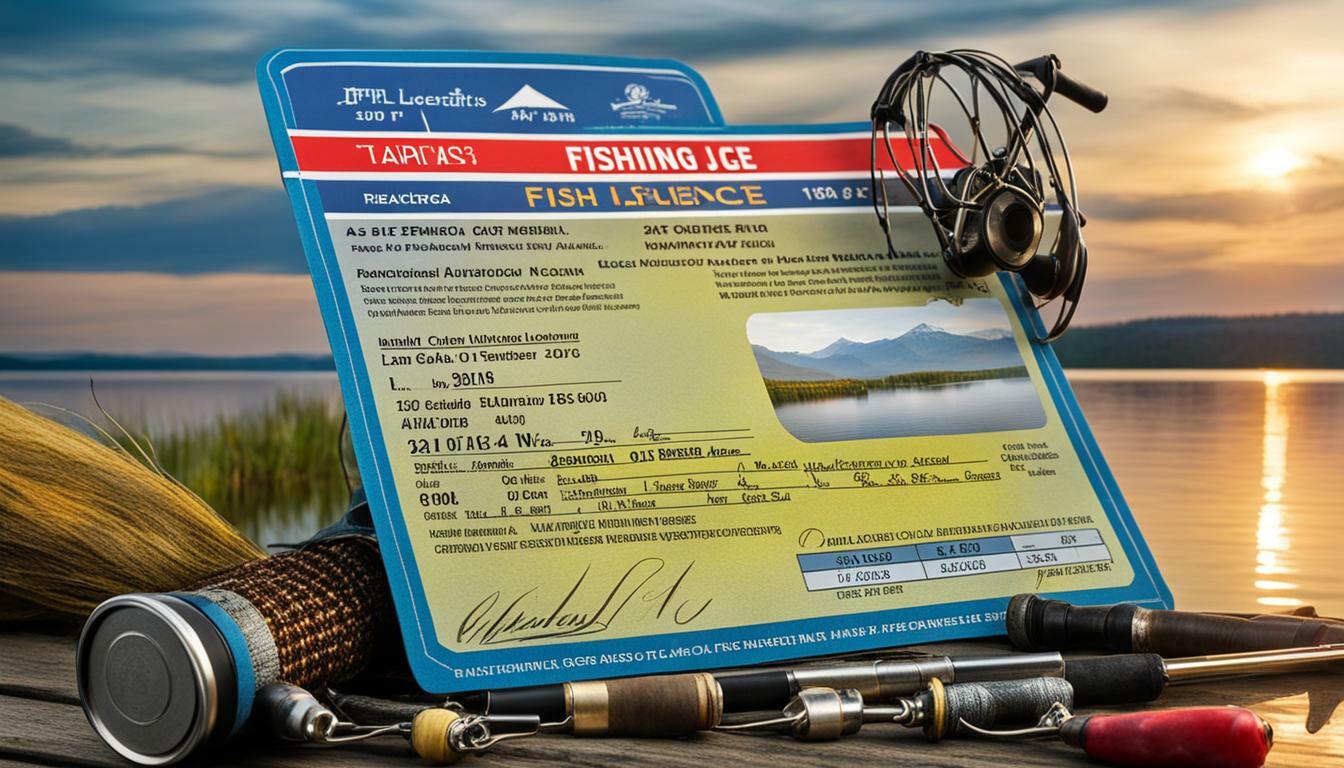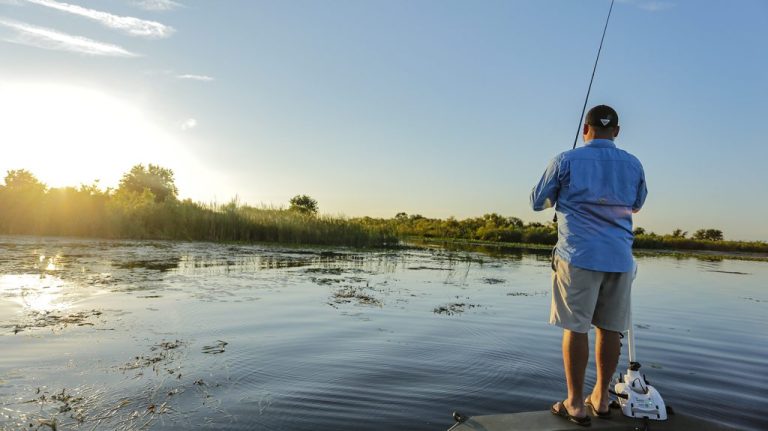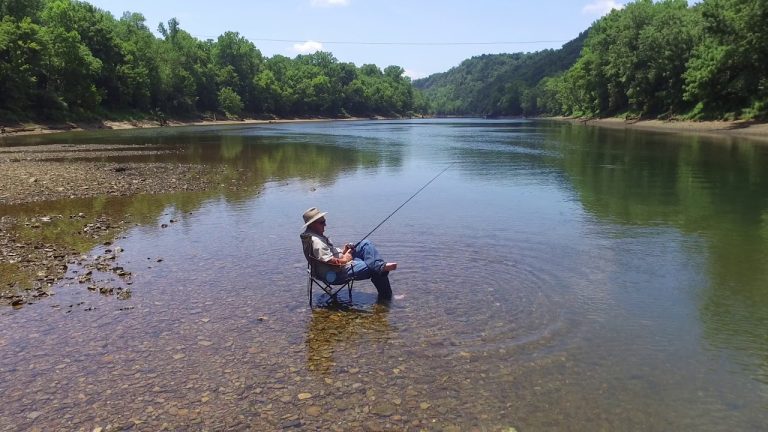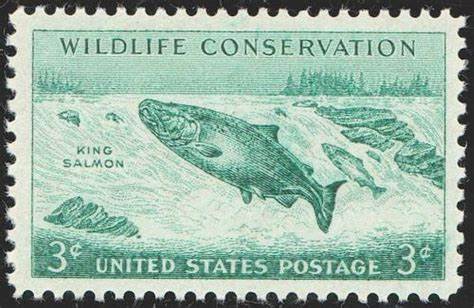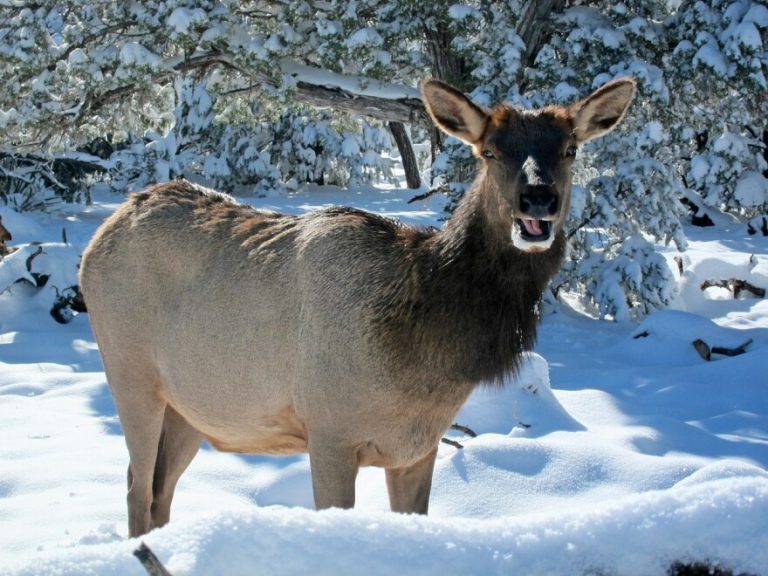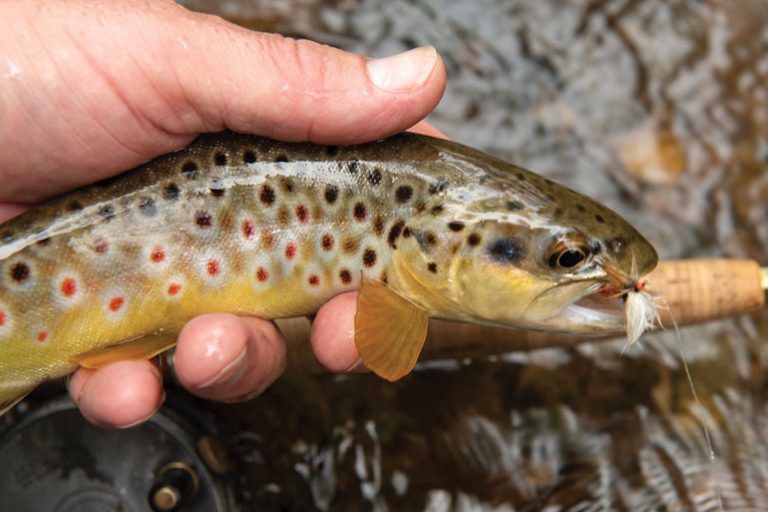As an angler in Alabama, it’s crucial to be aware of the state’s diverse aquatic wildlife and the possibility of accidentally catching a protected species. Whether you’re a seasoned fisherman or a beginner, understanding how to handle these situations is essential for the well-being of the animal and to ensure you’re following state regulations. Alabama is home to several fish species protected under state and federal laws, and this article will guide you through identifying these species, understanding the regulations, and knowing what to do if you accidentally catch one.
Identifying Alabama’s Protected Fish Species
Alabama is home to several fish species that are protected under state and federal laws, such as the Endangered Species Act (ESA). Some notable examples include:
Gulf Sturgeon: A large, prehistoric-looking fish with bony plates along its back. Can grow up to 8 feet long and weigh over 200 pounds.
Alabama Shad: A silvery, herring-like fish that migrates from the ocean to rivers to spawn. Averages 1-2 pounds.
Alabama Sturgeon: A small, slender sturgeon found only in the Mobile River basin. Rarely exceeds 30 inches.
Paddlefish: Has a long, paddle-shaped snout. Can grow up to 5 feet long and weigh over 100 pounds.
Familiarizing yourself with the identifying features of these species is crucial for quickly recognizing them if accidentally caught. The Alabama Department of Conservation and Natural Resources provides detailed information and images to help you identify protected species.
Fishing Regulations for Protected Species
In Alabama, fishing regulations strictly prohibit the intentional targeting, harvesting, or possession of protected species. If you accidentally catch one, you must release it immediately, unharmed. To minimize the risk of accidentally snagging a protected species:
Use appropriate gear: Use circle hooks instead of J-hooks to reduce deep hooking injuries.
Avoid using live bait: Live bait can attract a wider variety of fish, increasing the chances of catching a protected species.
Be mindful of seasons: Some protected species are more active during certain seasons.
Watch for posted signs: Look for signs indicating the presence of protected species in the area.
Understanding the Legal Framework
The regulations surrounding protected species are enforced to preserve biodiversity and ensure sustainable fishing practices. Violating these regulations can result in significant fines and penalties. Therefore, staying informed about local laws and regulations is essential for every angler.
What to Do if You Accidentally Catch a Protected Fish
If you accidentally snag a protected species, follow these steps to ensure the fish’s survival and comply with regulations:
- Identify the Species: Quickly determine if the fish is protected. If you’re unsure, treat it as protected until confirmed.
- Minimize Handling: Avoid removing the fish from the water if possible. If handling is necessary, use wet hands or gloves to prevent damaging the fish’s skin.
- Remove the Hook Carefully: If the hook is visible and accessible, remove it with pliers. If it’s deeply embedded, cut the line close to the hook instead of trying to remove it.
- Gently Release the Fish: Release it head first. If the fish appears exhausted, revive it by holding it upright and moving it forward in the water until it swims away.
- Report the Catch: Contact the Alabama Department of Conservation and Natural Resources to report the accidental catch, providing details on the species, location, and condition.
Importance of Quick Action
Time is critical when dealing with an accidentally caught protected species. Working quickly and calmly minimizes stress on the animal and increases its chances of survival upon release. Remember, the goal is to return the fish to its habitat as unharmed as possible.
Best Practices to Avoid Accidental Catches
To minimize the risk of accidentally catching protected species, consider the following best practices:
- Educate Yourself: Learn to identify protected species and stay informed about fishing regulations. Resources like the Alabama Department of Conservation and Natural Resources provide valuable information.
- Practice Catch and Release: Especially in areas known to have protected species, practicing catch and release can help conserve fish populations.
- Spread Awareness: Inform fellow anglers about proper handling of accidental catches and the importance of protecting vulnerable species.
- Support Conservation Efforts: Participate in efforts to protect and restore habitats for threatened and endangered species. Engaging in local conservation initiatives can make a significant impact.
Preserving Alabama’s Aquatic Wildlife
As responsible anglers, it’s our duty to protect Alabama’s diverse aquatic wildlife, including its threatened and endangered species. By educating ourselves, using appropriate fishing techniques, and knowing how to handle accidental catches, we can minimize our impact on these vulnerable populations.
The Role of Anglers in Conservation
Anglers play a crucial role in the conservation of aquatic ecosystems. By following regulations and promoting sustainable practices, we contribute to the health of our waters and the species that inhabit them. Engaging in conservation efforts not only benefits the environment but also enhances our fishing experiences for future generations.
Conclusion
Fishing in Alabama offers a unique and rewarding experience, but it comes with the responsibility of protecting the state’s aquatic wildlife. By following the guidelines and best practices outlined in this article, you can enjoy your fishing adventures while contributing to the conservation of Alabama’s precious fish species. Stay informed, be prepared, and always prioritize the well-being of the fish and the environment.
What should I do if I’m unsure whether I’ve caught a protected species?
If you’re uncertain about the identity of a caught fish or animal, treat it as a protected species and follow the steps for safe release outlined above. You can also take a photo of the animal and contact the ADCNR for assistance in identification.
Can I keep a protected species if it’s already dead when I reel it in?
No, it is illegal to possess protected species, even if they are found dead. If you accidentally catch a protected species that is deceased, report it to the ADCNR immediately.
What are the penalties for intentionally targeting or harming protected species?
Intentionally targeting, catching, or harming protected species is a violation of state and federal laws, such as the Endangered Species Act. Penalties may include fines, imprisonment, and revocation of fishing licenses.
How can I report violations or suspicious activities related to protected species?
If you witness any violations or suspicious activities involving protected species, contact the ADCNR’s 24-hour hotline at 1-800-272-4263 or report it online through their website.
